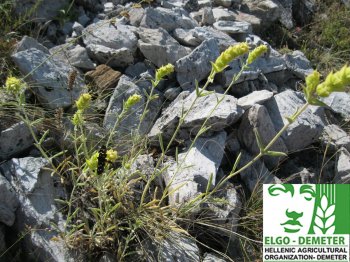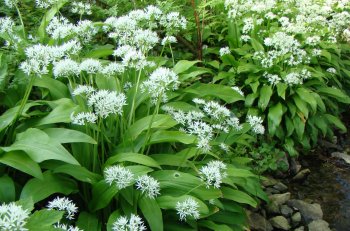Guide and recommendations of the propagation of Lavandula stoechas L.
Submitted by ibtissem taghouti on 28 November 2019The Lavandula is an important species due to medicinal and aromatic properties. The local species population is suffering from Anthropozoic pressure improved by cutting and animal scuttling which made it essential to preserve the species population. Our work aims to test some ways of specie propagation.



















